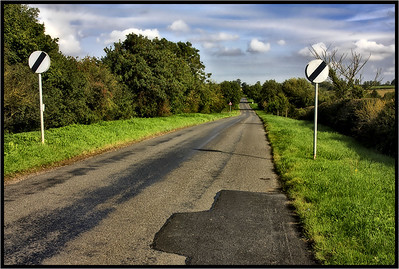Machine learning: keeping our communities safe via early detection of road defects

The Institute of Public Works Engineering Australasia (IPWEA) NSW and ACT Division has collaborated with four councils to trial the use of machine learning, video and Artificial Intelligence in the assessment of road conditions. Here are their findings.
In their roles as road operators, councils deliver safe and reliable road infrastructure to the community. Detecting and repairing defects like potholes, pavement cracking, damaged guardrails and fading line marking, is essential to achieving this, with councils repairing thousands of defects each year.
Defects are reported by the community or by council staff inspecting the network. As a result, defects are only known when they already pose a risk to the community.
Early detection of road defects will improve maintenance planning, reduce risks for road users and ultimately assist Council to deliver better road infrastructure to the community.
Currently, no systems are implemented that automate this process effectively. The implementation of artificial intelligence-based defect detection technologies is an emerging market that will have wide ranging impacts to the management of road and pavement assets, particularly for local government agencies tasked with their maintenance and upkeep.
In this trial, we tested technology including video footage and machine learning algorithms for asset identification and for detecting road defects.
The cameras were mounted to council vehicles such as garbage collection trucks and vehicles from inspectors or rangers, that already drive the network route on a regular basis.
This initiative is a collaboration between the Roads and Transport Directorate and Canterbury Bankstown City, Georges River, Blayney Shire and Central Coast Councils.
Better understanding of the assets and early intervention will reduce the shortfall as available funding could be spent more effectively.
Early detection will allow for a defect to be repaired before it becomes a risk to the community, at significantly reduced costs. Increased efficiency will ultimately help councils to deliver better road and transport infrastructure to the community.
Overall customer satisfaction will increase if there are less unrepaired potholes and other defects on the network, and so will the amount of damage to personal vehicles, bicycles and, potentially, people.
